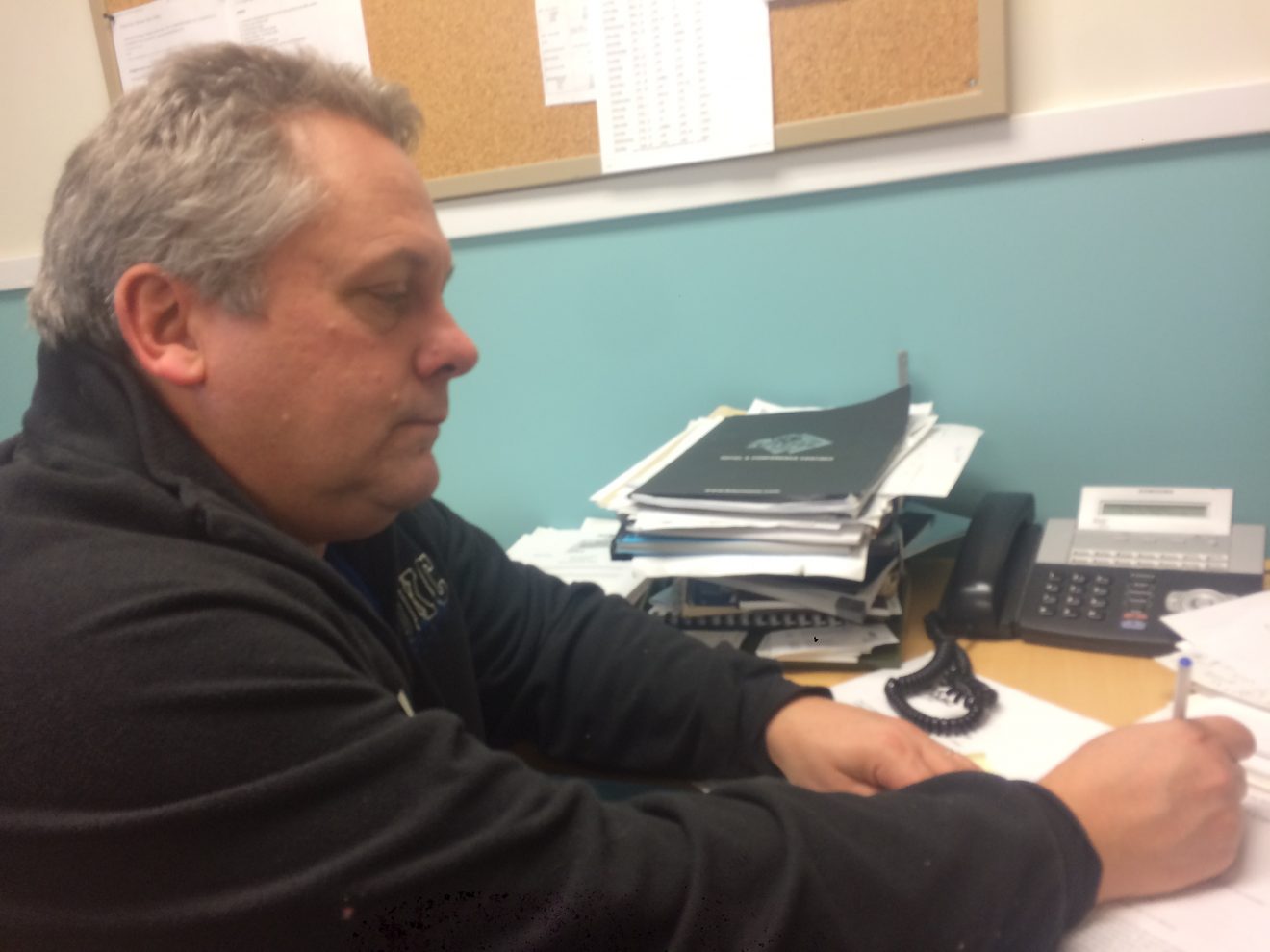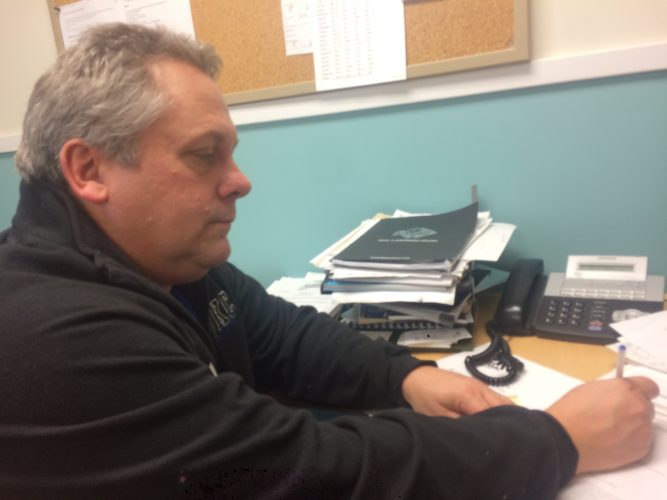ACAA athletics
Do small schools’ sports get the shaft in Halifax?
College sports in Halifax go unnoticed by local media, says coach

caption
Neil Hooper wants the Halifax sports community to take notice of the product that is presented across all the sports of the ACAA.
caption
Neil Hooper wants the Halifax sports community to take notice of the product that is presented across all of the sports in the ACAA.Neil Hooper is tired of seeing his teams get “ignored.”
Hooper has been working for 26 years as the University of King’s College athletics director. He oversees eight varsity teams that have won 25 combined championships.
But, Hooper says Halifax sports reporters don’t seem to notice.
“I want them to show some interest,” he says. “We are stuck between the (Halifax) Mooseheads and Atlantic University Sport (AUS). The Atlantic Collegiate Athletic Association (the league King’s plays in) would love to see someone step up and become a dedicated reporter for us.”
The AUS is the highest level of university athletic competition in Atlantic Canada, attracting some of the top student-athletes in the country to universities such as Dalhousie and Saint Mary’s.
The Atlantic Collegiate Athletic Association (ACAA) consists of smaller schools, such as Holland College and Crandall University, who are not well-known for their athletic programs and don’t draw as much overall attention as their AUS counterparts.
Hooper says that when the ACAA is in one of the Halifax newspapers, they are tucked into a small corner of the sports pages.
It has not always been like this when it came to coverage of the ACAA in Halifax.
Hooper, who is also the president of the ACAA, estimates that it has been about 15 years since he last saw camera person at King’s to cover an event.
Back then, his association was an integral part of the media’s Halifax sports coverage.
“In the mid to late 1990’s, we were rolling,” he says. “(Reporters) would come in and do stories; they would print anything we had.”
Hooper says that’s changed. In the past 20 years he’s seen the Mooseheads’ arrival in 1994 and the continual rise of the AUS.
The AUS has seen its coverage increase substantially when its exclusive media rights were acquired by Bell from Eastlink in 2015. Then, Bell made the AUS the centrepiece of their local sports coverage.
“These days, when we say we are King’s, people think we’re King’s-Edgehill,” Hooper says.
Ron O’Flaherty, executive director of the ACAA, is also trying to get more media coverage for the organization in Halifax.
“We have a wonderful product and we want people to know about it,” he says. But, O’Flaherty adds that sports information officers are important to have in this regard, which is hard for a short-staffed athletic department like King’s because of a lack of money.
“It is all about resources and the ability to get information about us out there,” he says.
O’Flaherty says the ACAA has gotten more attention in Halifax since it began webcasting games on Bell TV 1 — a community TV station that broadcasts local sports events on their TV channel and over the Internet — but it’s still challenging to get Haligonians to notice the games.
Other places with ACAA sports teams don’t have this problem, Hooper says. He tells The Signal that newspapers in Fredericton, Saint John and Charlottetown are packed with sports stories and scores.
“Once you get to Metro and on through Truro, it goes down,” he says.
Once big tournaments, like national championships, come along, it does not improve things much. Hooper says the small articles get slightly bigger when King’s or Mount Saint Vincent University make it to Canadian Collegiate Athletic Association (CCAA) championships, like when King’s represented the ACAA when it hosted the 2015 CCAA National Badminton Championships.
On the flip side, Hooper says it is not entirely the media’s fault because of the lack of resources and reporters for sports in Halifax today.
Some examples include the Local Xpress only having five sports reporters and the Chronicle Herald having just two.
Jonathan Briggins, a local sports reporter who covers the Mooseheads for Metro, agrees with that.
“There is limited coverage outside of the Mooseheads and the AUS,” he says noting that it is hard to cover everybody.
“There is a trickle-down effect; everyone is always wanting more. They are always saying ‘watch us, we’re good stuff.’”
Despite this, Briggins says that it is surprising what reporters can find by looking where their colleagues are not.
“There are always interesting stories,” he says. “There are opportunities to find them at all different levels.”
Hooper says his games are an example of what kind of great stories go unnoticed.
“When it comes to King’s basketball, both our men and women draw 200 people in that gym every game,” he says — adding the men’s games often involve three to four dunks a game. He says that if sports reporters take the time to report on his teams, they’ll find a product that is “just as good as the AUS.”
“I don’t care if I piss anyone off,” he says. “What are they going to do, stop covering us?”

